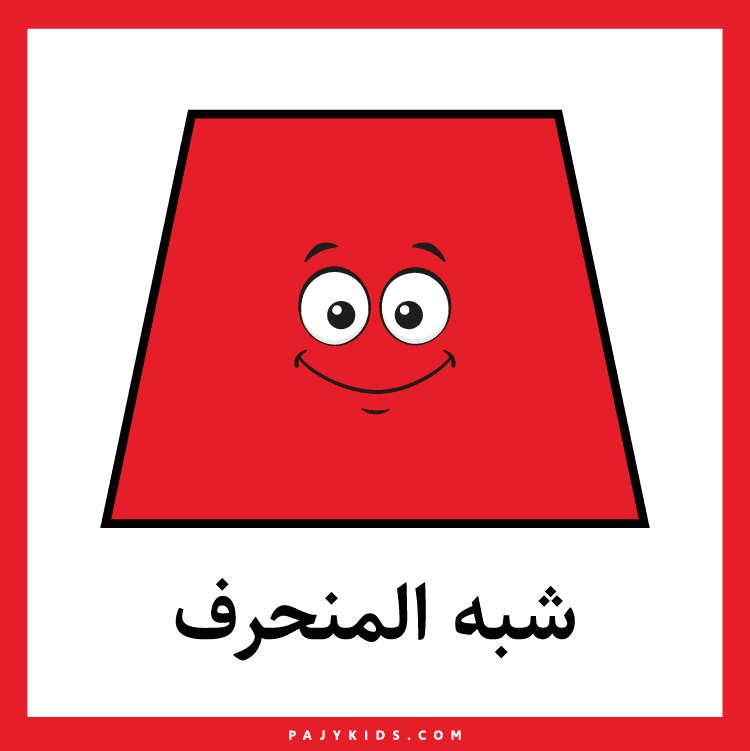Shapes in Arabic: Introducing children to geometric concepts at an early age builds strong visual-spatial reasoning and math readiness. When using posters that display shapes in Arabic, young learners not only identify forms like circles, squares, and triangles, but also connect them to their names in Arabic, reinforcing both cognitive and language development.
These educational posters are designed to be bright, engaging, and visually clear—perfect for capturing the attention of preschoolers. As children explore shapes in Arabic, they develop recognition skills through repeated exposure and begin to associate the written Arabic script with the correct geometric form.
Learning through visuals helps make abstract concepts more concrete. By pointing to and naming shapes on the posters, children build confidence in using both shape-related vocabulary and Arabic terms. This method of bilingual reinforcement is especially helpful in early education environments where Arabic is taught as a first or second language.
Whether used in a classroom, home-school setting, or learning corner at home, Arabic shape posters serve as a reliable tool for daily review. Teachers and parents can build interactive lessons around these posters, asking children to find objects that match each shape or trace the outlines to further strengthen shape recognition and fine motor skills.
Shapes in Arabic: Visual Learning for Preschoolers
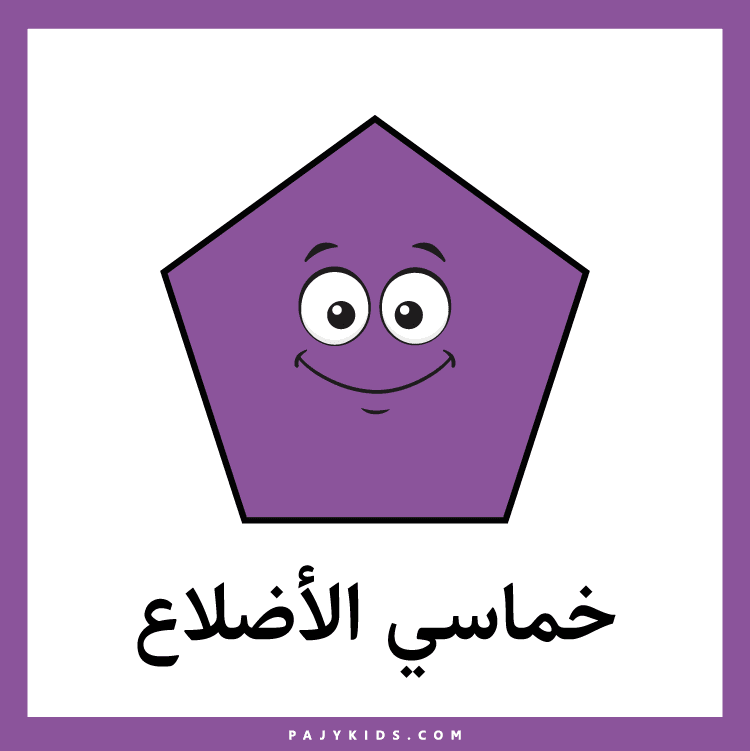
Printable Activities to Learn Shapes in Arabic
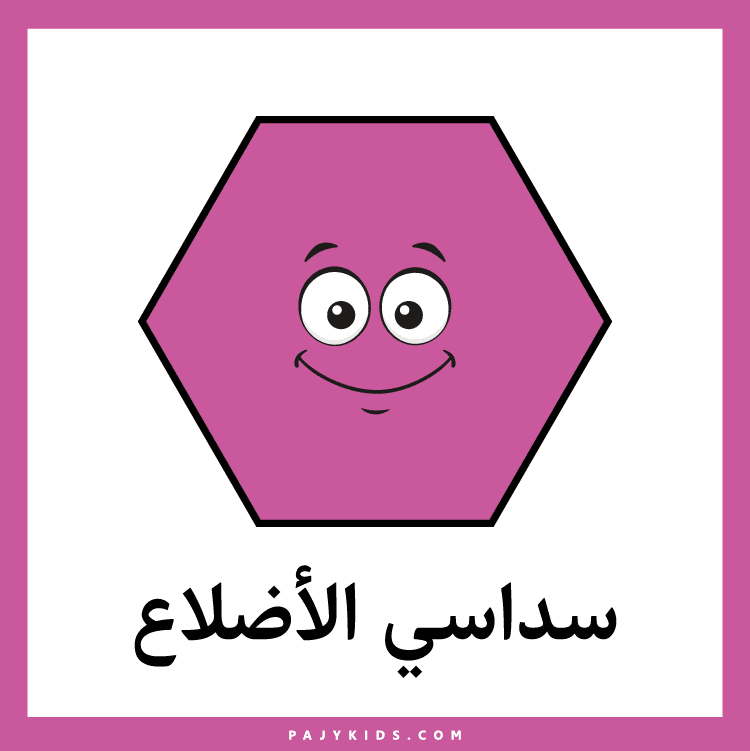
Discover Geometric Figures in Arabic for Preschool Learners
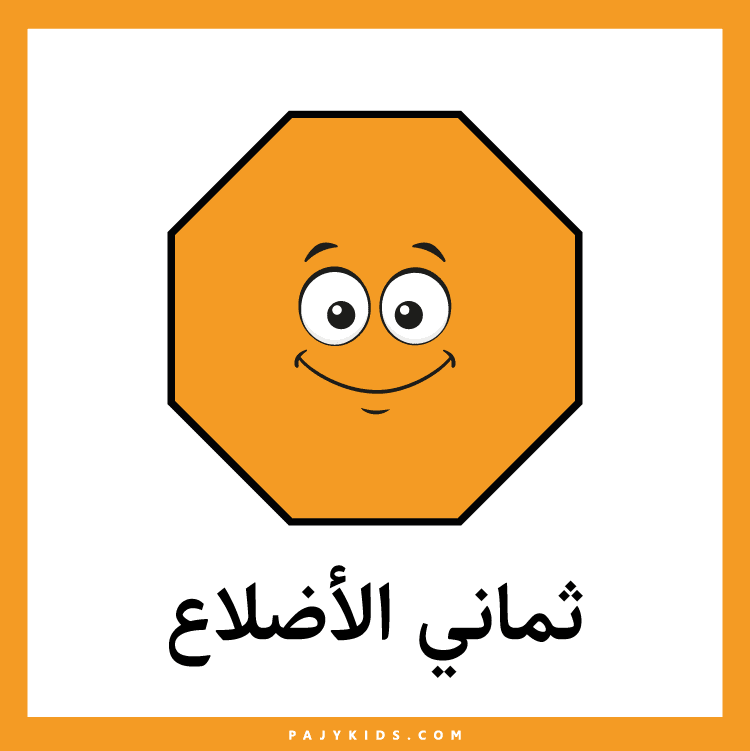
Early Learning Tools: Arabic Geometry Cards for Kids
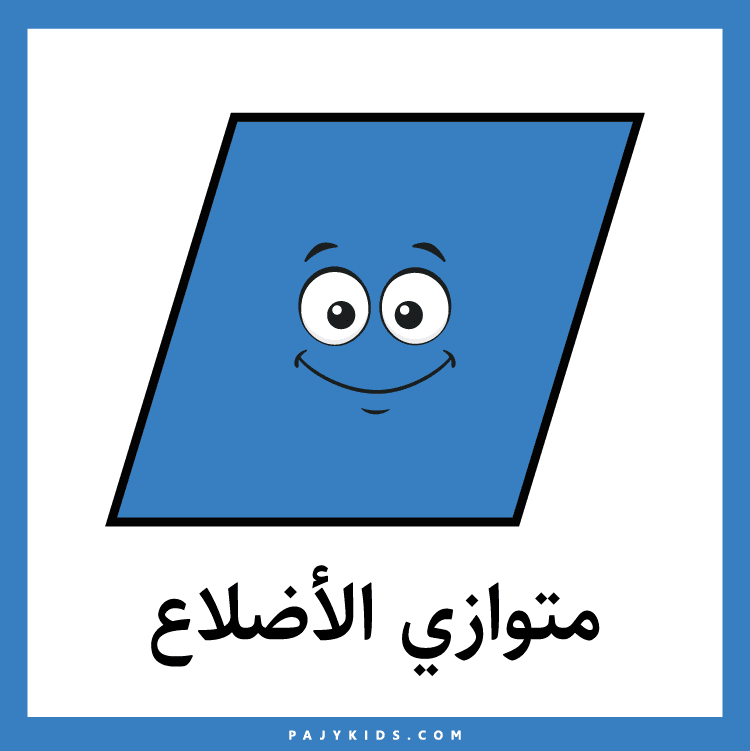
Printable Arabic Geometry Flashcards for Kindergarten
